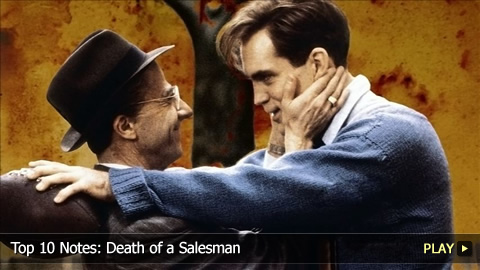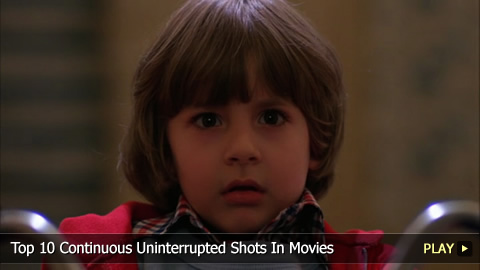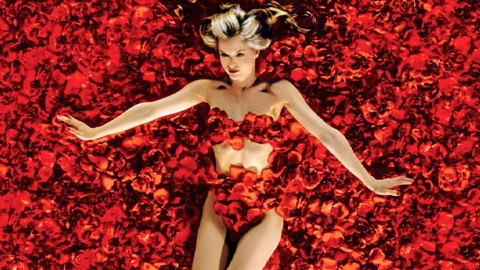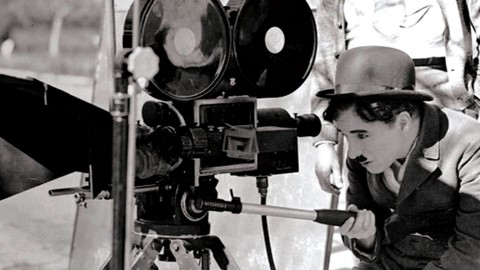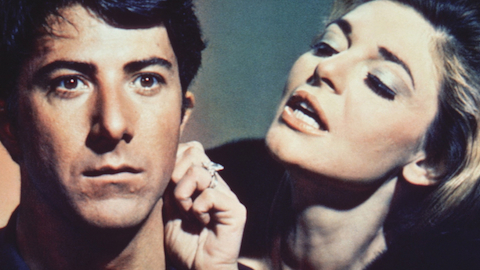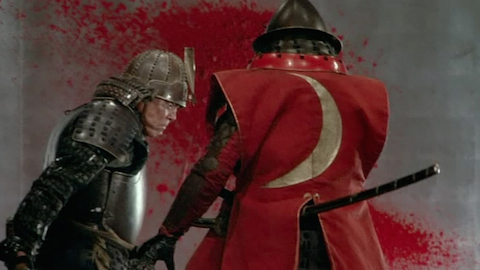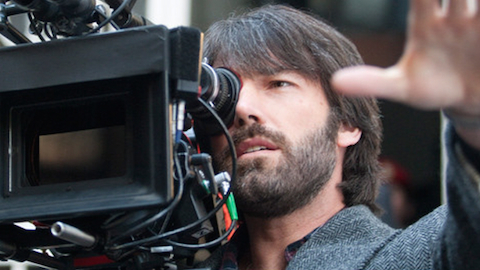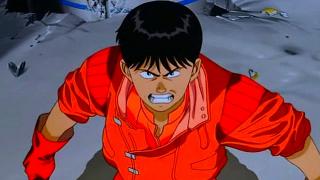Filmmaking is a gratifying and rewarding investment of your time and effort. But it can be challenging to know where to start. Let us help you out with this introduction to the four types of camera shots every filmmaker should know.
Angle Shots
Angle shots are some of the most crucial in filmmaking. The angles you use in each image dramatically affect the tone, mood, and overall look of each scene. For instance, the off-center tilt of the Dutch angle provides viewers with a disorienting and jarring feel that’s great for thriller and horror movies. So, it’s wise to get acquainted with the wide variety of these shots and how they can help you achieve the tone and aesthetic you’re seeking for each of your projects.
Framing Shots
Framing shots are another one of the four types of shots every filmmaker should know. Framing shots are also there to add a more life-like dimension to a scene, but they do so by using certain aspects of a scene to create a more intimate setting. There are two basic types of framing shots every filmmaker should get familiar with.
- Dirty Frame – There is something between the camera and your subject (like a giant line of trees in front of a displeased T-rex).
- Clean Frame – There is nothing in between your camera and the focus of your shot (the shot is clean, clear, and uninterrupted).
Of course, once you start to explore these shots, you’ll find that there are numerous framing techniques you can use, such as over-the-shoulder or single and two-shots. That said, it’s always best to start with the basics first.
Shot Size
When you set off to film anything, the shot size is one of the first and most crucial things you need to consider. The size of your shot will act as a foundation for how you’ll address the other aspects of your camera work, so it’s crucial to understand your options.
For instance, maybe you’re looking to bring your subject into full focus. However, you don’t want them to fill the screen entirely. In this case, you’d like to use a wide shot, as it will focus on your subject while also giving the viewer a pretty extensive look at the rest of your scene. So, be sure to always explore what you hope to achieve with each scene and what shot size will best accommodate your goals.
Movement Shots
There should be a variety of movement shots in every filmmaker’s wheelhouse because the movement of a scene affects the pace and flow of the film and drastically impacts the tone and tension of the scene. For instance, if your sensibilities lie with disorienting thrillers or suspense, learning how the famous dolly shot works can help you to achieve the tension you’re seeking. Just the same, if you’re looking to make a “one-shot†film, you’ll want to have an extensive understanding of tracking shots, which continuously follow the subject of a shot.
So, the best thing to do is grab your camera, explore the basics, and expand on your craft as you go. We certainly hope you’ll use this intro to camera shots when you’re ready to start shooting!












